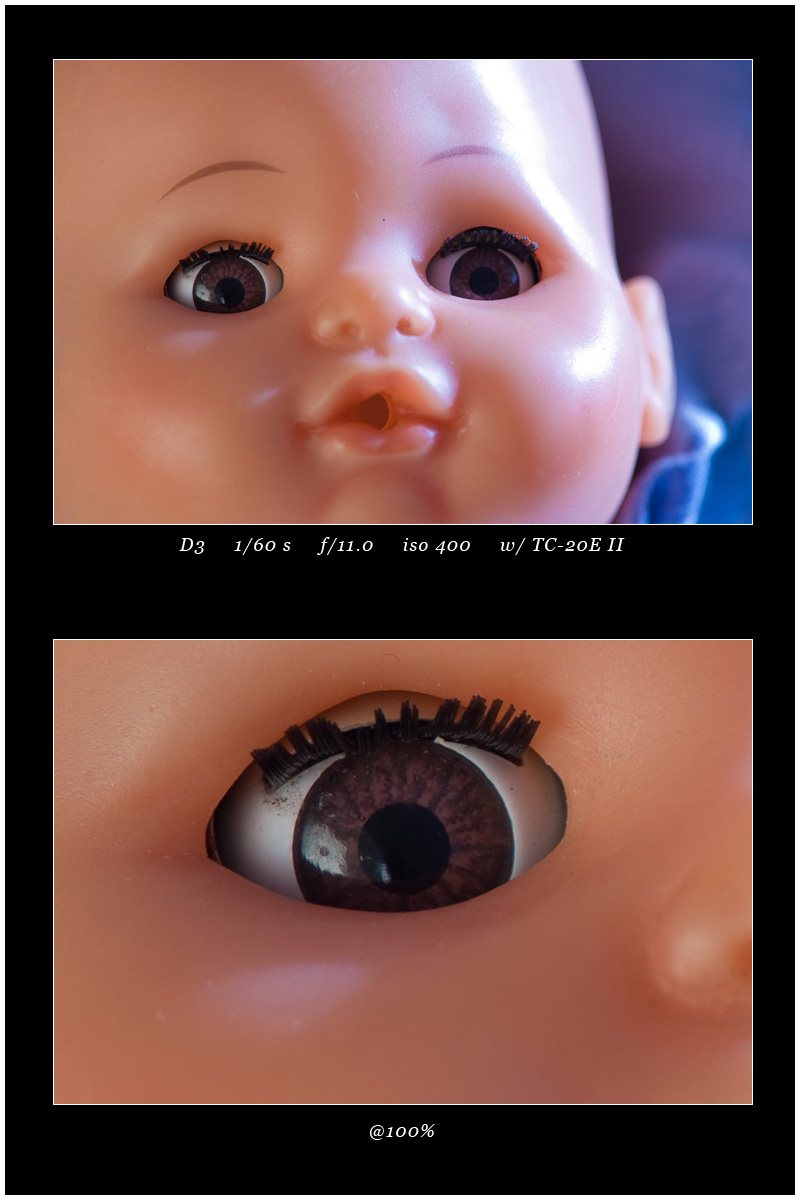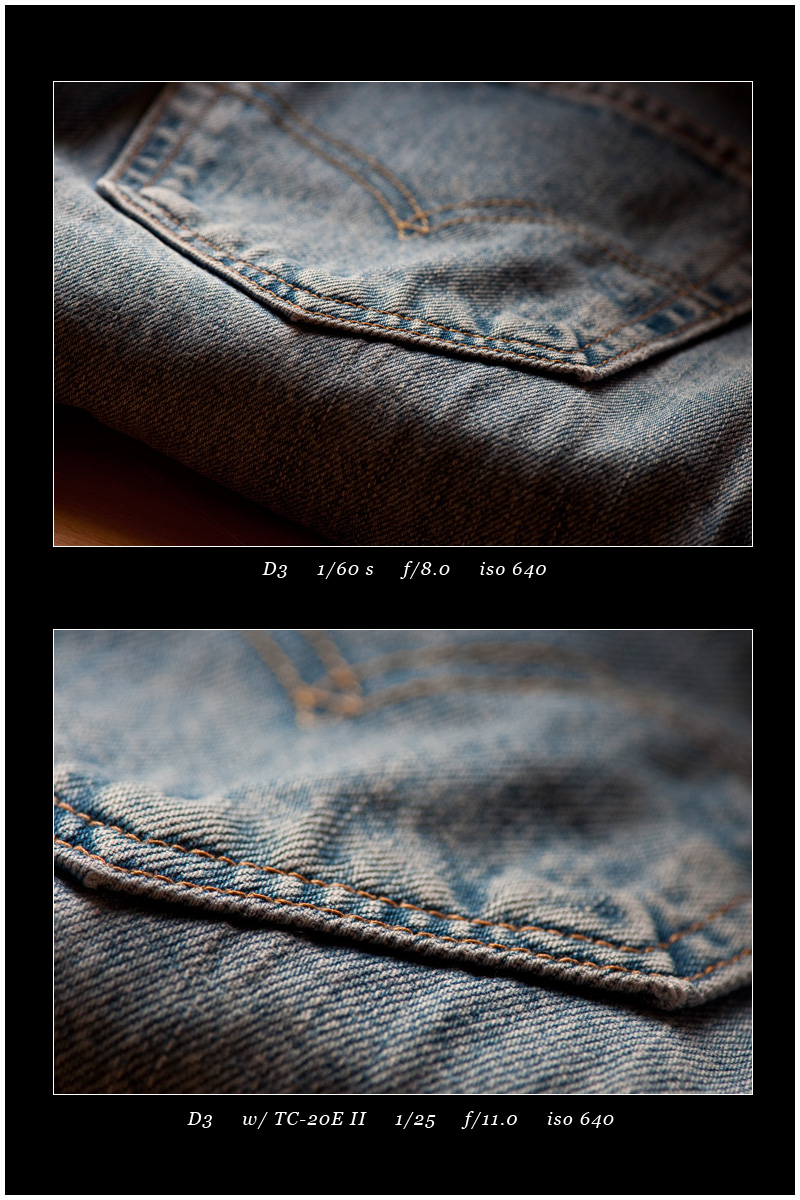The title refers to what some of my students have called me. One could easily assume that it is because of the abundance of gray hair and wrinkles that I find myself in possession of. Not in this case however. The references are for the most part my “old fashion” manners and attitudes. This is especially true to my beliefs and thoughts on photography.
In each class some of my students will come to me for advice about what equipment they should get. Usually I say to them that what they already have (a zoom “kit” lens in most cases) is adequate, and what they really need is inspiration. I mean this, inspiration is absolutely essential. However since we are dependent upon our “gear” to make photos, then to one degree or another we can all be called “gear heads”. So with that, what they really want to know is what blipping piece of equipment they should get next. This is the part that has surprised me. Because I advise them to get a “normal” perspective prime lens, meaning either a 35mm or 50mm (depending on an APS or Full Frame sized sensors).
NORMAL?
The reason this has surprised me (at least at first) is because I rarely used one during most of my career. Like many others I was drawn to the “distorted” perspectives of wide angle and telephoto lenses (the more extreme at either end the better). Normal was, well normal. Then why a “normal” prime lens? Why do I advise one now? It is not because I don’t like that “distorted” perspective anymore. No it is because I have through teaching, rediscovered all of the advantages of the “normal” perspective lens.
TODAY’S ZOOMS
Before I go into what I feel are the advantages of the normal primes, let’s take a look at today’s popular zoom lenses. Today’s consumer or “kit” lens come is a variety of configurations. They are affordable, light weight and have that all-in-one advantage, which makes them great for holiday lenses. One need only stand in one place and move closer or further away by just a “twist of the wrist” (This is especially useful, when in in places where movement is restricted or when changing lenses is not advisable). This may be a simplified description, but still true. There are different categories of zooms. Aside from the “consumer” or “kit” models there are the “upgrade” models, usually with better optics and build quality. Another is the really wonderful “pro” series zoom lenses. I am referring to the very expensive f/2.8 zooms. They are sharp and relatively fast at f/2.8, have great optics and build quality. Presently Nikon makes a 14-24mm, 24-70mm, 70-200mm all with a maximum apertures of f/2.8 and a 200-400mm f/4. With just these four lenses, one has all of those focal lengths at their disposal. The downside is besides costing the big bucks are that they are big hefty things and not all that fun to haul around. The pros of course can afford them and have assistants to do the “hauling”. Still most pros will still have in their kit several fast primes (f/2.0 and faster) and this is not just a hold over from the old days.
Okay we can see that the pro line of zooms are expensive, heavy and a lot to haul around. So what is wrong with the other zoom lenses then? First they are slow. By the time one zooms to the 50mm part of their zoom range you find your self with a maximum aperture of f/4.5 or f/5.6. Even 50mm primes that cost $100 usually have a maximum aperture of f/1.8. That’s up to 3 1/2 stops. Yes it is true that for the most part used wide open these primes will exhibit some softness, but they clean up quite nicely by f/2.8, which is still faster. Not only does this mean being able to shoot in lower light without an flash, but also the ability to isolate the subject better because of the lesser depth of field the wider apertures provide. And of course because of their speed, the viewfinder will be brighter, which helps with composing your shots.
PRIME LENSES
Prime lenses are generally smaller, usually faster, have higher resolving powers and cost less (“exotics” not included). Granted the the big pro zooms are far superior to the the “kit” zooms, and in some cases as sharp as the primes. But I have digressed so let get to the purpose and subject of these “musings” .
The 50mm was for a very long time the “kit” or first lens most people had with either Rangefinders or SLR’s. The design and construction has been around for sometime and thus proven itself time and again. The normal perspective part comes from the fact that it is close to the diagonal measurements on a 35mm or APS format cameras, thus giving an approximation of the field of view as seen by the human eye. Like I said “Normal is”!
Aside from the extra speed you get, the 50mm primes are smaller and subsequently weigh less (less to carry and takes up less space in the camera bag). And if that isn’t enough, they are a lot sharper then the consumer zooms. Auto focusing is usually much faster also as there is less glass to move.
Despite the speed and compactness of the 50mm prime, the real reason that I advise my students to get one is that they make you think and then compose better photos. Sure the zooms are handy, but in turn I feel they make us lazy. Once learned a 50mm can be composed in such ways to give a “slightly” wide angle appearance (or perspective) and also perform like a short telephoto lens. This is the “learned” part, and why I think they are more important to at least start off with. For that matter, putting any prime on a camera will make us compose our vision within the parameters of that focal length and thus help “see” and become better photographers
This is supposed to be a review in sorts so lets get to that. Presently I have two “normal” primes. A Nikon AF-D f/1.4 50mm and a very old 55mm f/3.5 micro, and that is what I will be writing about. These are both older lenses and though one of them is still selling as new, they have both been replaced by newer and better ones.
BUILD
The 50mm f/1.4 is not exactly going to win any awards for either beauty or construction quality. It is made out of some pretty crummy looking plastic to be quite honest. Though the mount and front are made from metal, which does I must say lend a small but welcome bit of quality. However the look is a bit deceiving, as it actually feels heavier and more solid in the hand. The 55mm on the other hand is old fashion Nikon at it’s best. The lens is more then 35 years old and still performing admirably.
PERFORMANCE
What can I say, the 50mm f/1.4 AF-D is like getting a “paperback” art book only to open it up and be surprised at the quality of the printing inside. The 50 AF-D lens focuses very fast and accurate for a “D” model lens. Though the focusing ring rotates during the AF procedure, which can be a little unnerving at first. Manual focus on the D3 and D2X works very quickly on account of the lens’s brightness (even with my tired old eyes). At the widest apertures setting it does show softness across the frame. By f/2.8 this pretty much gone and by f/4.0 the lens is about as sharp as you could ask for. In the examples below I have included a few shots taken at f/1.4 & f/2.0, so you can see for yourself, whether that “softness” is objectionable or not. Chromatic aberrations (CA’s) are also very visible at the wide apertures, but they also disappear after stopping down two stops or so. On my lens, it would seem that I got a good sample as I have not experienced any “focus shift” problems usually associated with wide aperture lenses.
The 55mm f/3.5 is despite it’s age is a very sharp piece of glass, There have been more then a few photos that I have taken with this lens over the years, that quite honestly surprised me in how sharp they were. Manual focusing despite the slowness (darker in the viewfinder) of the lens is quite quick. Mostly because when you hit the focus point, you “see” it right away. Due to it’s speed or rather lack of I have not encountered any problems with CA’s or “softness” wide open. This not the best micro / macro (Nikon refers to these lenses as micro and the rest of the world refer to them as macro) lens that Nikon has ever built, but it has never let me down, and have included it and some examples as another alternative.
SUMMARY
These are not the best 50mm primes out there or for that matter Nikon’s best. The 50mm AF-D f/1.4 goes for about $300- today and the 55mm micro can be found as a second hand for around $100. Definitely in the range of the most economical of the consumer zooms. However you get a much faster lens (in the case of the f/1.4 lens around four stops), sharper (higher resolution) and less weight. Many of the great 20th Century “street / photojournalists” (i.e. Kertesz, Bresson, Gibson) used only the 50mm or 35mm primes for their whole careers. In the last 15 years these “normal” primes, may have fallen out of favor, but to me they still stand out as the single most practical lens to have in your camera bag.
Here are some examples from both lenses. Most of these examples was shot on the D3 in the full 35mm frame format. However I have included a few shots on the D2X or in the DX mode on the D3. This to show the cropping for those using DX / APS sensors. When the 50mm is used on the DX format, you get a fast portrait lens the equal of 75mm. In addition there are a few shots taken with the 55mm f/3.5 micro lens, for comparison and as an alternative lens.
The first three are a still to show the differences between the 55mm micro, the 50mm f/1.4 AF-D in both FX &DX formats.








The next two are with the 55mm micro, being used as a normal perspective lens.

The last five are all shot at f/2.0 with the 50 f/1.4 AF-D lens at night in Amsterdam (handheld).





Link to Nikon: http://www.nikonusa.com/Find-Your-Nikon/Product/Camera-Lenses/1902/AF-NIKKOR-50mm-f%252F1.4D.html
Link to B&H Photo: http://www.bhphotovideo.com/c/product/97413-GREY/Nikon_1902_Normal_AF_Nikkor_50mm.html
Links to other articles on the 50mm lens:
http://www.vothphoto.com/spotlight/articles/forgotten_lens/forgotten-lens.htm
http://www.mir.com.my/rb/photography/companies/nikon/nikkoresources/50mmnikkor/index6.htm




















